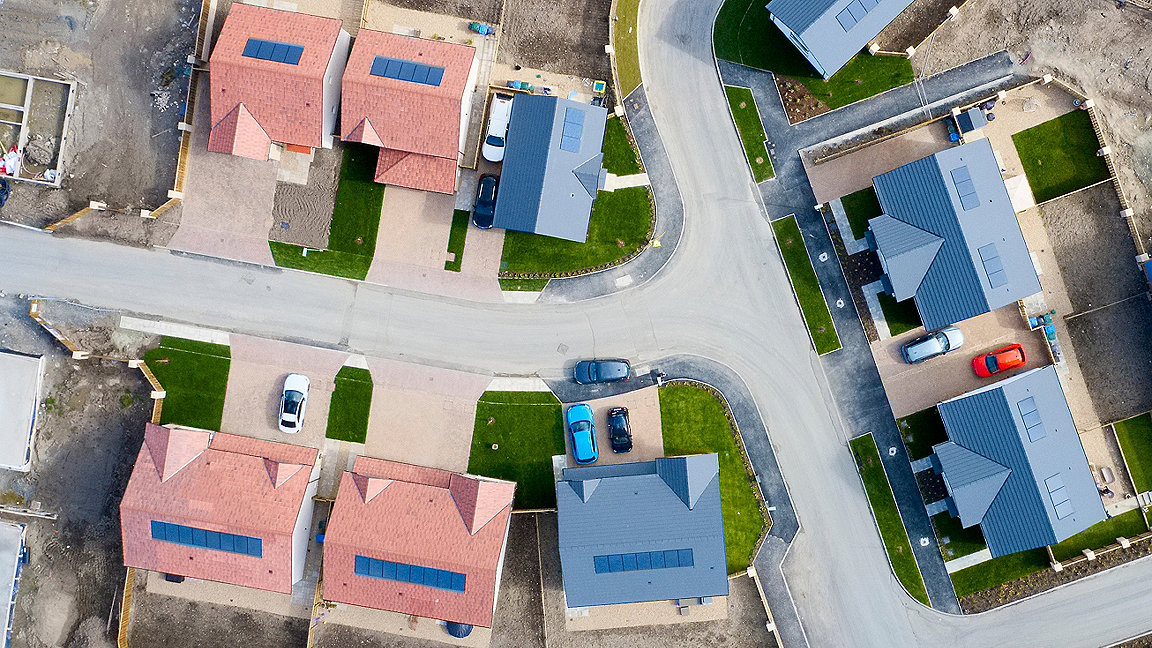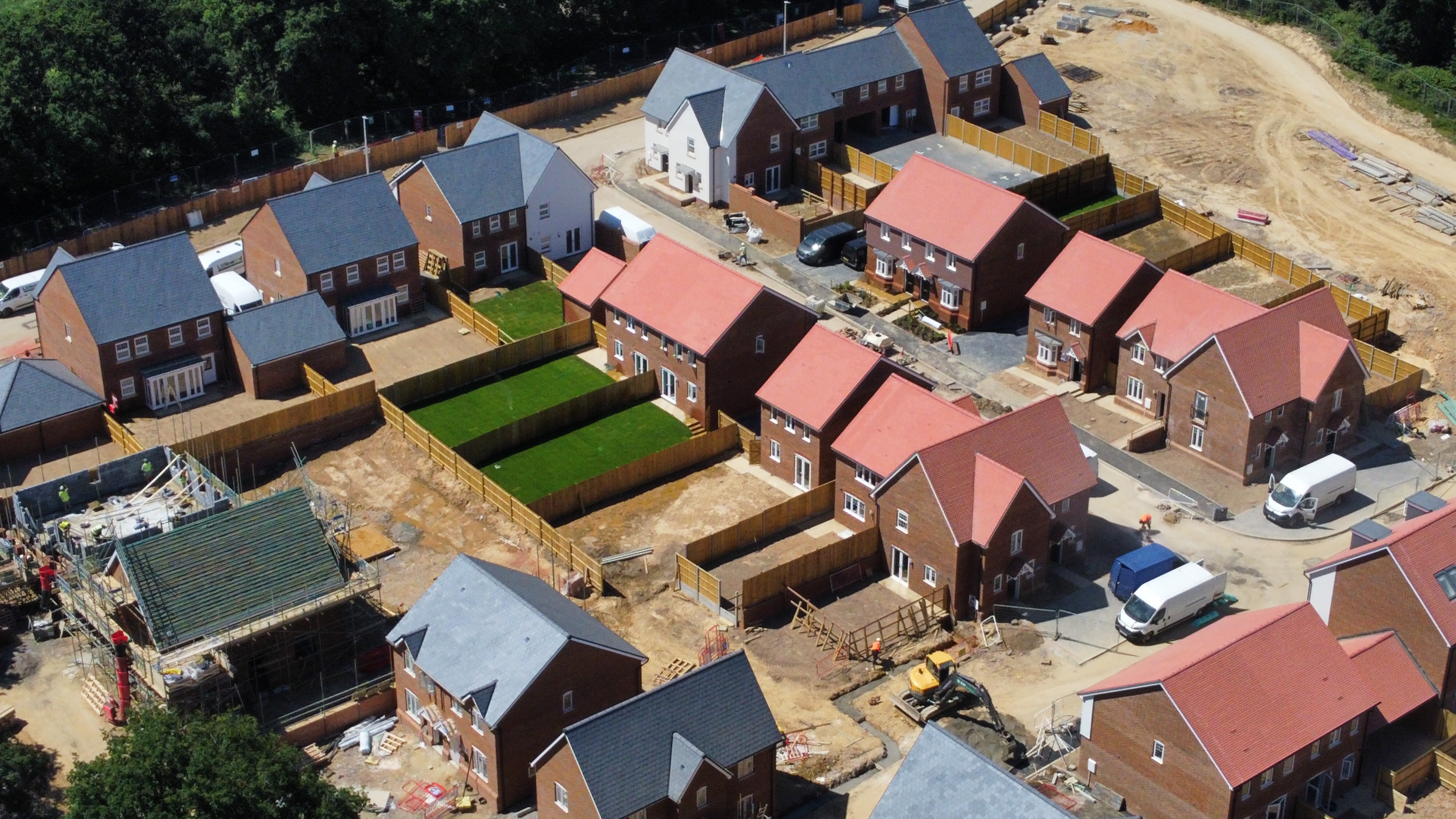
With interest rates set to remain high this year, and many would-be homeowners opting to rent instead, housebuilders will invariably be reviewing their developments and increasing the number of homes for rent.
As many developers are already finding, the factors that have dented confidence in the private sale market are having the reverse impact on the private rented sector (PRS): higher mortgage rates, the potential of a housing slump and financial instability are likely to increase demand for properties to let and continue to fuel rent increases for the foreseeable future.
Despite this potential, the PRS is failing to meet demand following the withdrawal of thousands of amateur landlords from the market. According to Rightmove, there are more than triple the number of prospective tenants as there are properties up for rent: tenant demand is up 6% since last year, and the number of available properties down by 50% in comparison.
Property developers can therefore capitalise on a significantly buoyant rental market. According to the English housing survey 2021 to 2022, the number of households renting privately has increased by 93% in the past 15 years, while owner-occupied households increased by just 3% in the same time frame; so there are incalculable advantages to investing in residential property.
'Factors that have dented confidence in the private sale market are having the reverse impact on the private rented sector'
Opportunities abound in growing sector
Developers are therefore considering build-to-rent property (BTR), which epitomises the UK government's desire to professionalise the PRS by providing secure, high-quality and serviced homes. Indeed, successful schemes can see a 30% uplift in rents charged.
The regional growth of the PRS also means that BTR is no longer limited to major cities and there are thus more widespread opportunities for developers. Until recently, most BTR schemes had been in London, but this has now been surpassed by growth elsewhere in the UK.
The British Property Federation's analysis of BTR for the second quarter of 2022 found that 16,474 such homes were under construction in London, compared with 31,290 in the regions. Regional BTR grew 16% year on year, and now amounts to 59.3% of the total BTR pipeline; London, meanwhile, lags behind, with 8% year-on-year sector growth and 40.7% of the total pipeline. Furthermore, these figures show a discernible swing towards regional BTR in the last quarter of 2022.
Another reason is the increasing number of households choosing to rent rather than buy, according to government figures. The same survey identifies an increasing number of well-off, educated and professional renters, with this demographic representing 1.94m households, or 44% of the PRS – a substantial proportion of whom expect to remain in rented properties long term.
Diversifying tenures to progress projects
In this context, the model of suburban BTR communities has developed as maturing millennials seek family homes in bespoke communities. The increase in numbers of people working from home and the resulting rise in counter-urbanisation have also contributed to the rise in such communities.
While there are some suburban BTR schemes that entirely comprise rental properties, we are also seeing developers respond to the changing political and economic outlook by including BTR as an alternative form of tenure on large-scale schemes that are already under construction.
Spreading the risk by offering a mixture of tenures, and perhaps increasing the proportion of rental properties, helps accelerate work on larger sites. BTR rarely competes with private sales – in fact, it can help promote the homes for sale because the completed and occupied rental units demonstrate the popularity and successful functioning of the new community.
A shift towards more rental properties also allows for site-wide infrastructure to be developed sooner, enabling the creation of a new community and increasing property value at an earlier stage in the development life cycle.
Global institutional investors have shown significant interest in the suburban BTR market: 70% anticipated being active within the next five years, compared with the 42% currently active, according to Knight Frank's 2022 Residential Investment Report. Furthermore, institutional investors planned to invest £16.5bn in residential assets in 2022, a 65% increase from the £10.2bn invested in 2021.
The opportunity to capitalise upon this investment lies with developers.
Michael Cook MRICS is group managing director at Leaders Romans Group
Contact Michael: Email
Related competencies include: Housing strategy and provision, Planning and development management


